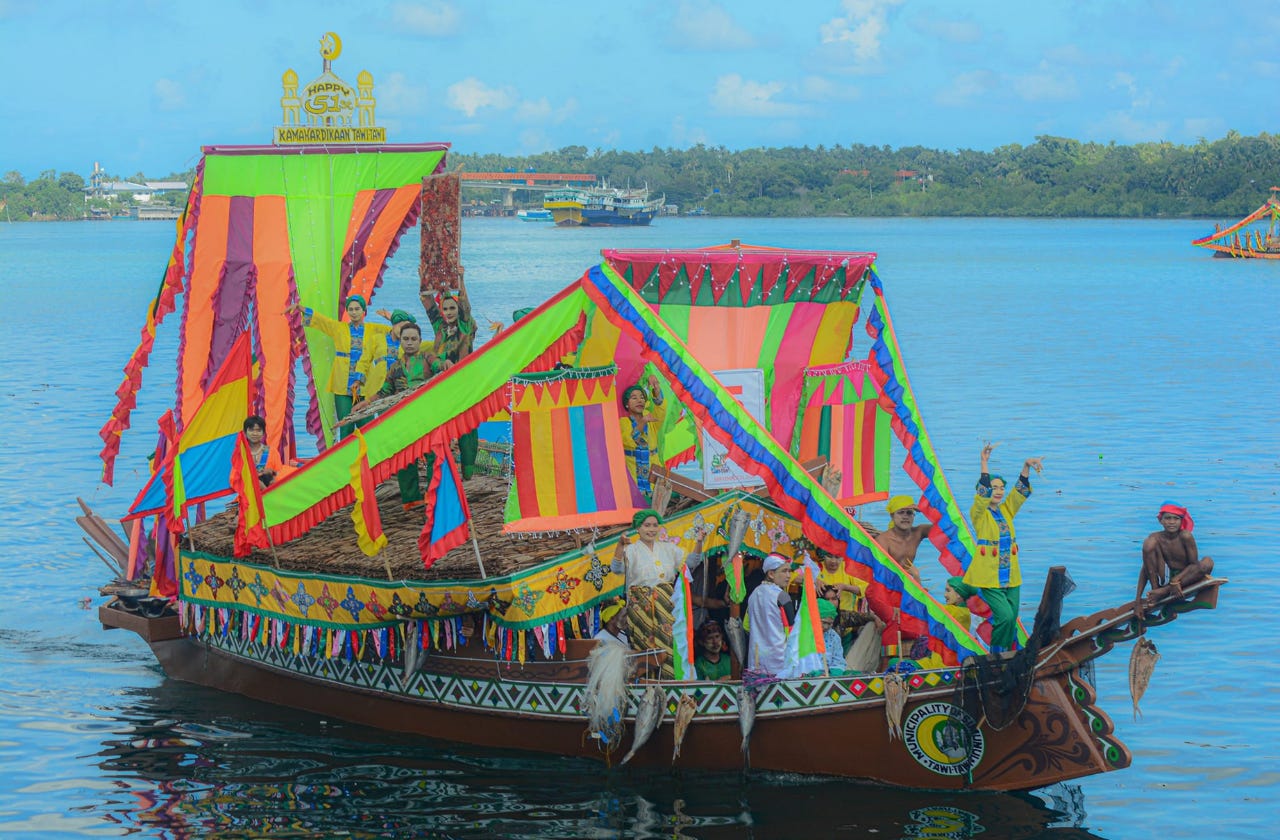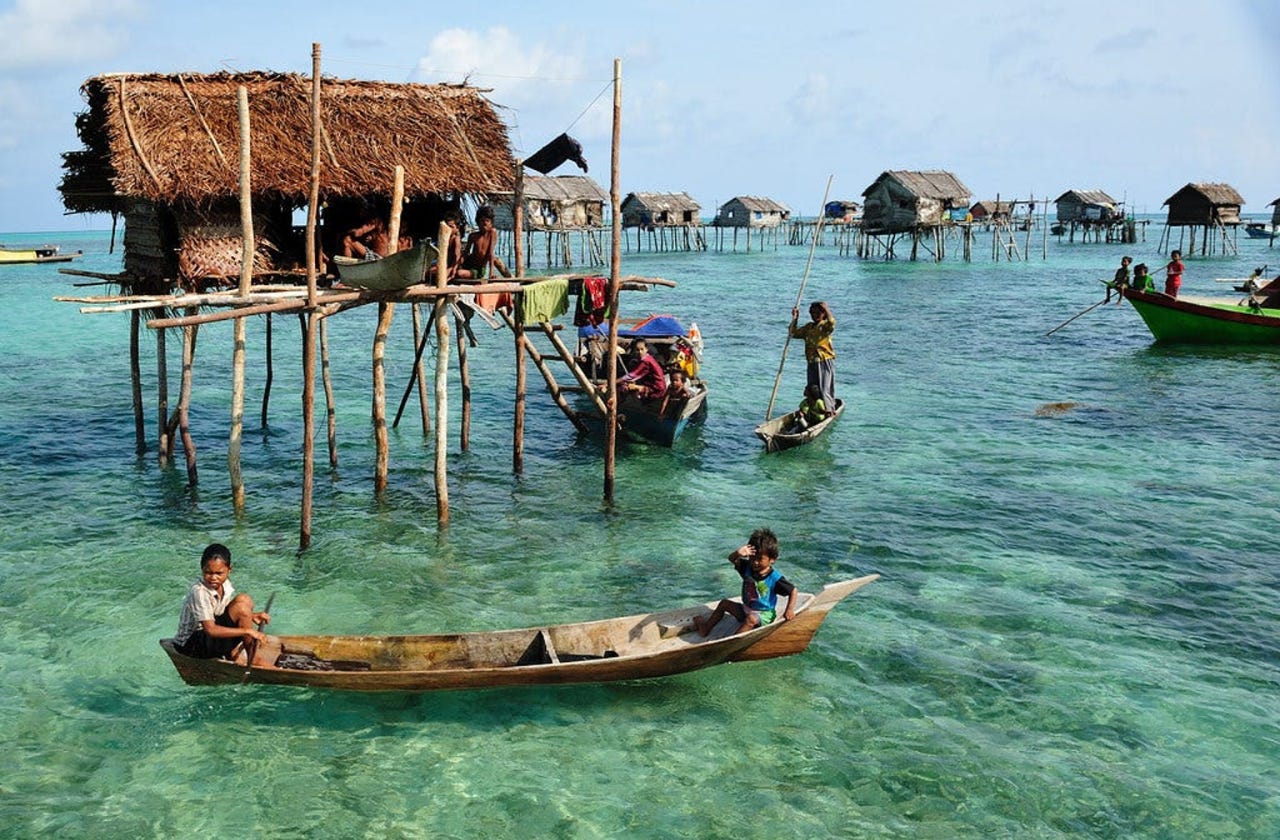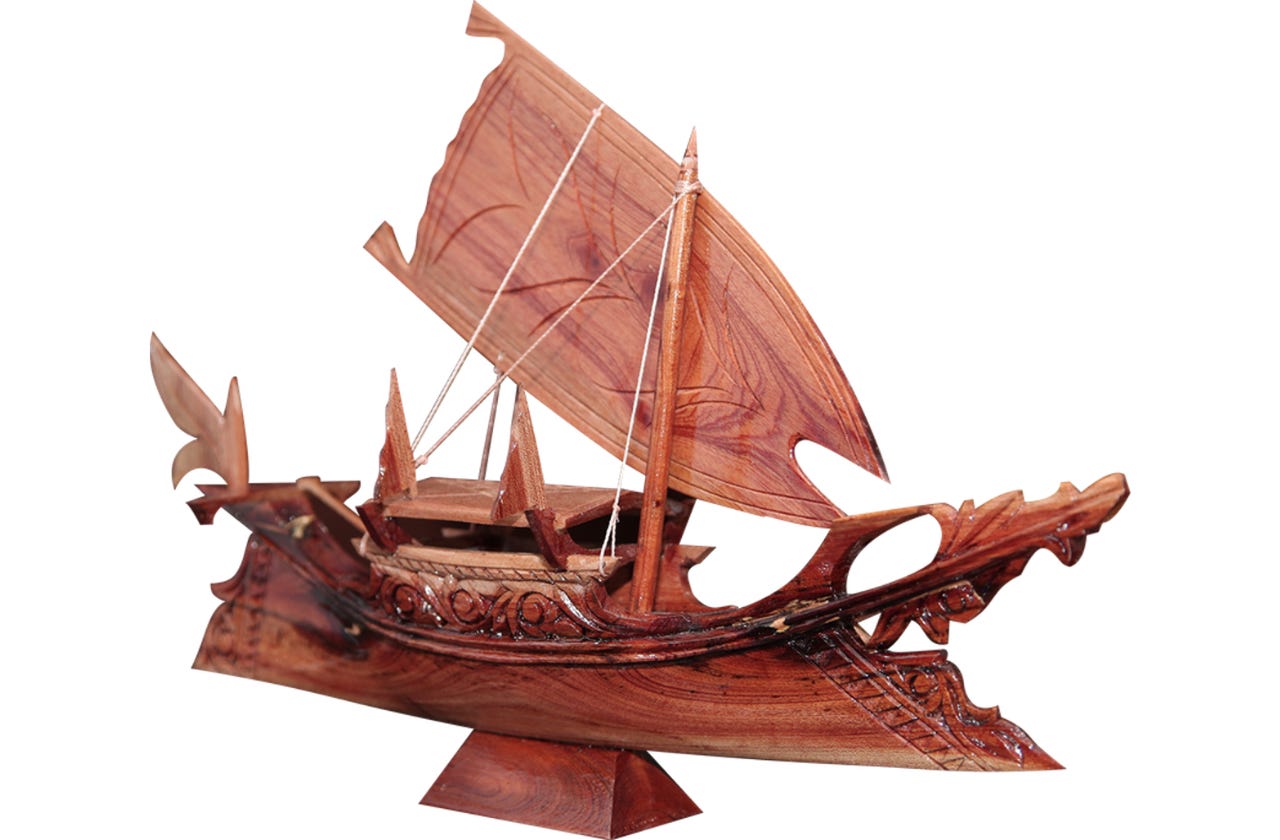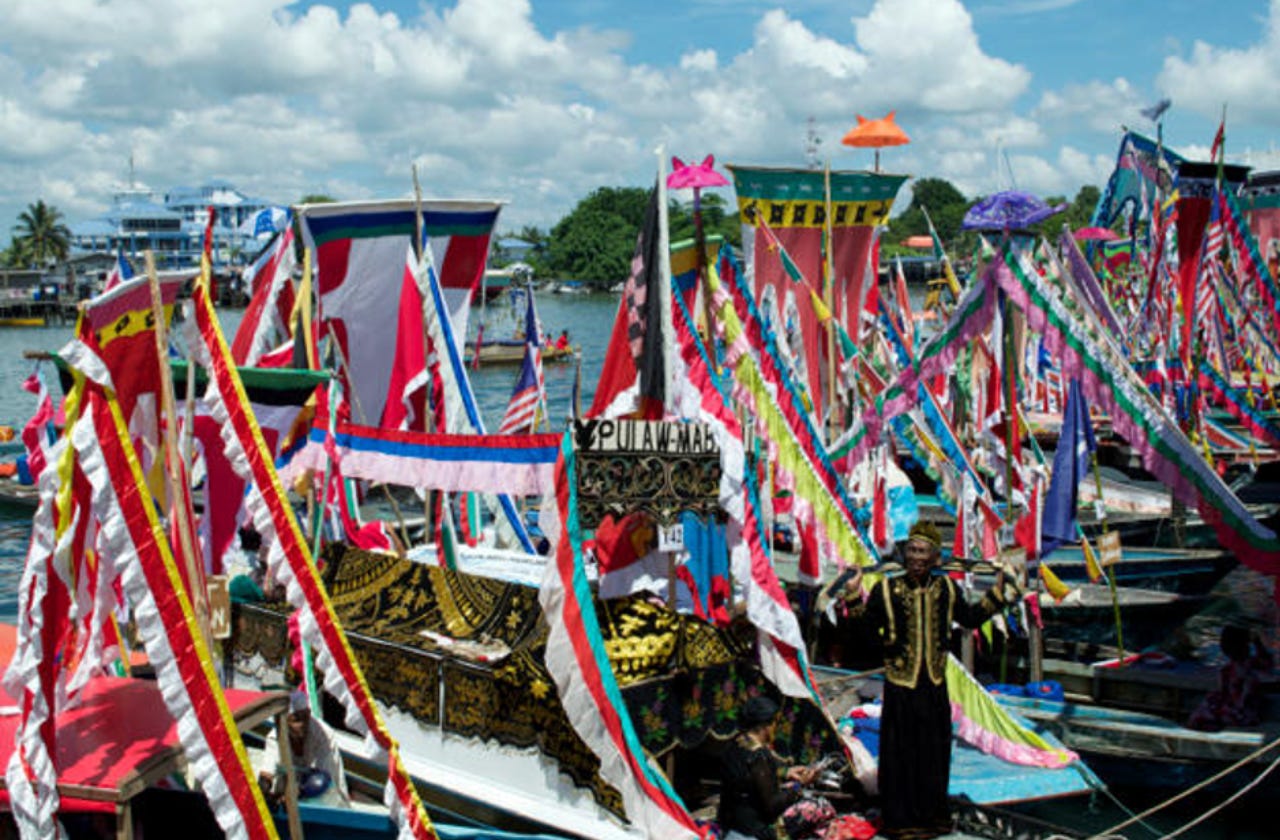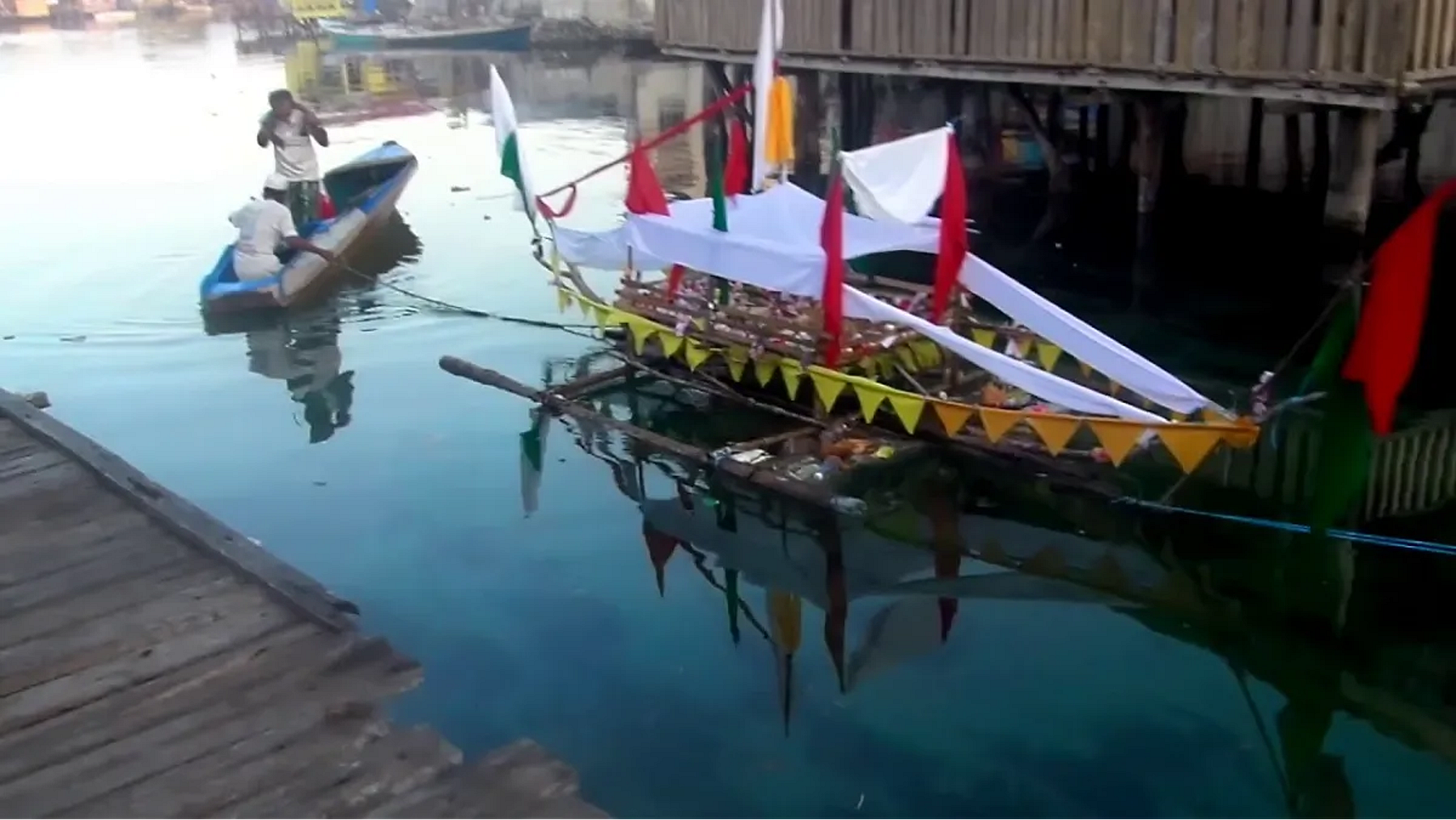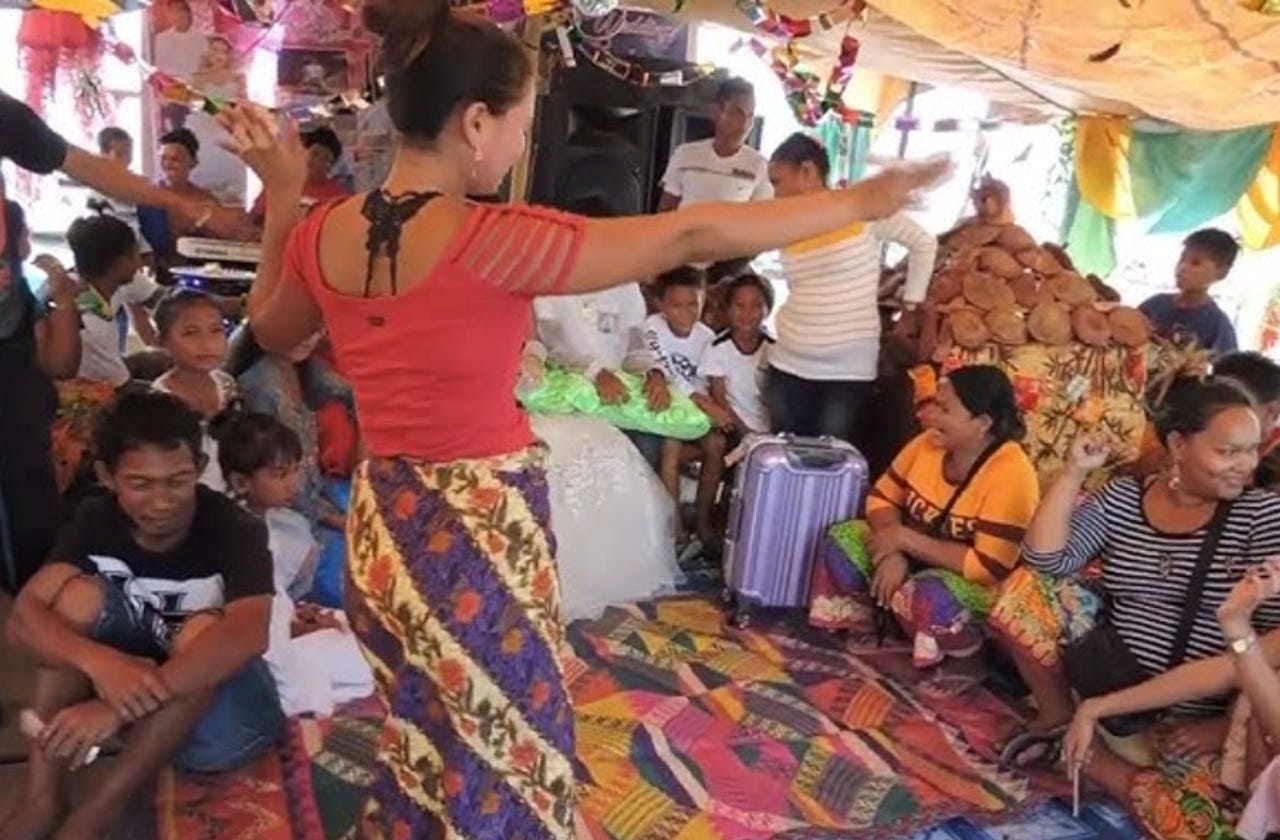The Badjao
A closer look at the lifestyle and legacy of the seafaring people of the Philippines.
Living among the waters in boats or on stilt houses in the Sulu Archipelago is an indigenous ethnic minority that have some of the most unique cultural traditions in the Philippines.
The Badjao are a seafaring Austronesian ethnic group, whose culture and lifestyle revolve around living on the sea.
This seafaring lifestyle allows the Badjao, or the Sama-Bajau, to live across the islands in the wider Malay Archipelago, as they also inhabit Malaysia and Indonesia.
While the most known cultural fact about the Sama-Bajau is the fact that many can hold their breath underwater for more than 8-10 minutes, there is more to the culture than being able to take space underwater for prolonged periods.
The “Sea Nomads”
The Sama-Bajau have been given the nickname “Sea Nomads” for their nomadic existence, as they have and continue to rely on the sea for sustenance and their livelihoods. This is evident in their living spaces: they typically live above water either in stilt houses, or on sailing vessels, such as the lepa, vinta, or the perahu.
They share this nickname with other ethnic groups in Southeast Asia who share traditional similar lifestyles, such as the Orang Laut of southeastern Sumatra and Riau Islands, and the Moken of the Mergui Archipelago in Myanmar.
Cities like Sitangkai in Tawi-Tawi in the southern Philippines encapsulates the seafaring life of the Sama-Bajau. The main thoroughfare of Sitangkai is a canal that also acts as a floating market and a place where local events like a lepa regatta festival occurs. Boats are the primary method of transportation, and farming is the main industry.
The lepa is one of these examples of houseboat architectural features of the Sama-Bajau people. It’s a mixed-use space, and its versatility can be attributed to the design of the watercraft that can accommodate various activities. The wooden planks used in the lepa boat come from a huge log.
Geographic Distribution
The Sama-Bajau make up the dominant ethnic group in Tawi-Tawi, the southernmost province in the Philippines. They also have a huge presence in the rest of the Sulu Archipelago and Mindanao.
Outside of the Philippines, the Sama-Bajau live in coastal villages in Sabah in Malaysia, and in Sulawesi in Indonesia. Many Sama-Bajau have moved to Sabah due to conflicts in Mindanao, and make up the second-largest ethnic group in the state.
The Regatta Lepa in Semporna, Malaysia and the Lepa Festival in Tawi-Tawi are events that showcase the deep cultural significance of the lepa among Sama-Bajau across national borders. It also reflects the deep maritime heritage and seafaring livelihoods.
Folk Religions
Today, most Sama-Bajau in the Philippines are adherents to Islam, though many still practice indigenous folk beliefs. The ancestral realm of the Sama-Bajau is actually where Islam got its start in the Philippines, as the oldest mosque in the country is located in Sitangkai, and dates to 1380. In vernacular architecture, a langgal is a local version of a mosque that is made of native materials and is built without a single nail.
Ancestral spirits are referred to “umboh”, and are categorized by spirits of the wind (“Umboh Baliyu”), spirits of the first rice harvest (“Umboh Ganum”), and spirits of animals such as ants (“Umboh Summit”) and mantis shrimp (“Umboh Kanum”).
The creation of sailing vessels is also ritualized, and is believed to have a spirit known as a Sumanga. These spirits influence fishing activities, and can grant favors or punishments to those who use the sailing vessels.
An example of a ritual offering for spirits includes a food offering on a small boat. This practice is done by the Sama Tabawan, a group of Sama-Bajau who live on Tabawan Island. According to their beliefs, the month of Sappal is an active time for evil spirits, and a tulak bala is a call for the spirits to accompany a boat loaded with offerings of food.
The boat is brought to the open sea and left there, and if it returns to the community, the offerings were not sufficient or satisfactory and the boat must be loaded again with more offerings.
Traditional Sunscreen as an Accessory
One of the ways that Sama-Bajau adapted to maritime living in the tropical seas is the use of a cosmetic face powder known as burak. This powder or paste is most commonly used by Sama-Bajau women to protect the face and exposed skin areas from the harsh tropical sun.
The main ingredients for this paste include talcum powder, rice flour, and turmeric. Burak is not only seen as traditional skincare that is practical and protective, but also seen as a mark of beauty.
Igal Dance
One of the traditional dances of the Sama-Bajau is the igal dance, which is usually played alongside kulintangan or agung, a native gong instrument. Meaning “Eagle of the Sea”, igal is a graceful dance that imitates the movement of the eagle and the wind, and fluid movements are emphasized during performances.
Movements can be interpreted in a variety of ways, from the movement of sea grass, to the curling of waters, the ebbing of tides, to the swaying of palm fronds. Elongated fingernails called “janggay” can be worn to exaggerate movements.
Igal can be done for sacred performances or for festive celebrations such as weddings. The dance tradition is also tied to the oral histories of the Sama-Bajau people, as well as a conduit to connect with ancestors during sacred rituals.
Conclusion
The Sama-Bajau are a resilient and resourceful seafaring people, known for their deep connection to the ocean and strong community bonds. Their way of life is a testament to the adaptability and ingenious thinking of not only the indigenous peoples of the Philippines, but indigenous communities worldwide.
They are able to be resourceful while not being too extractive. They understand how currents and the maritime world functions, and have adapted to living outside of solid land.
Even in the face of climate change and limited support from the national government, the Sama-Bajau continue to endure with a culture that remains firm, steadfast, and deeply tied to the rhythms of the sea.



